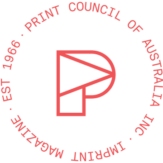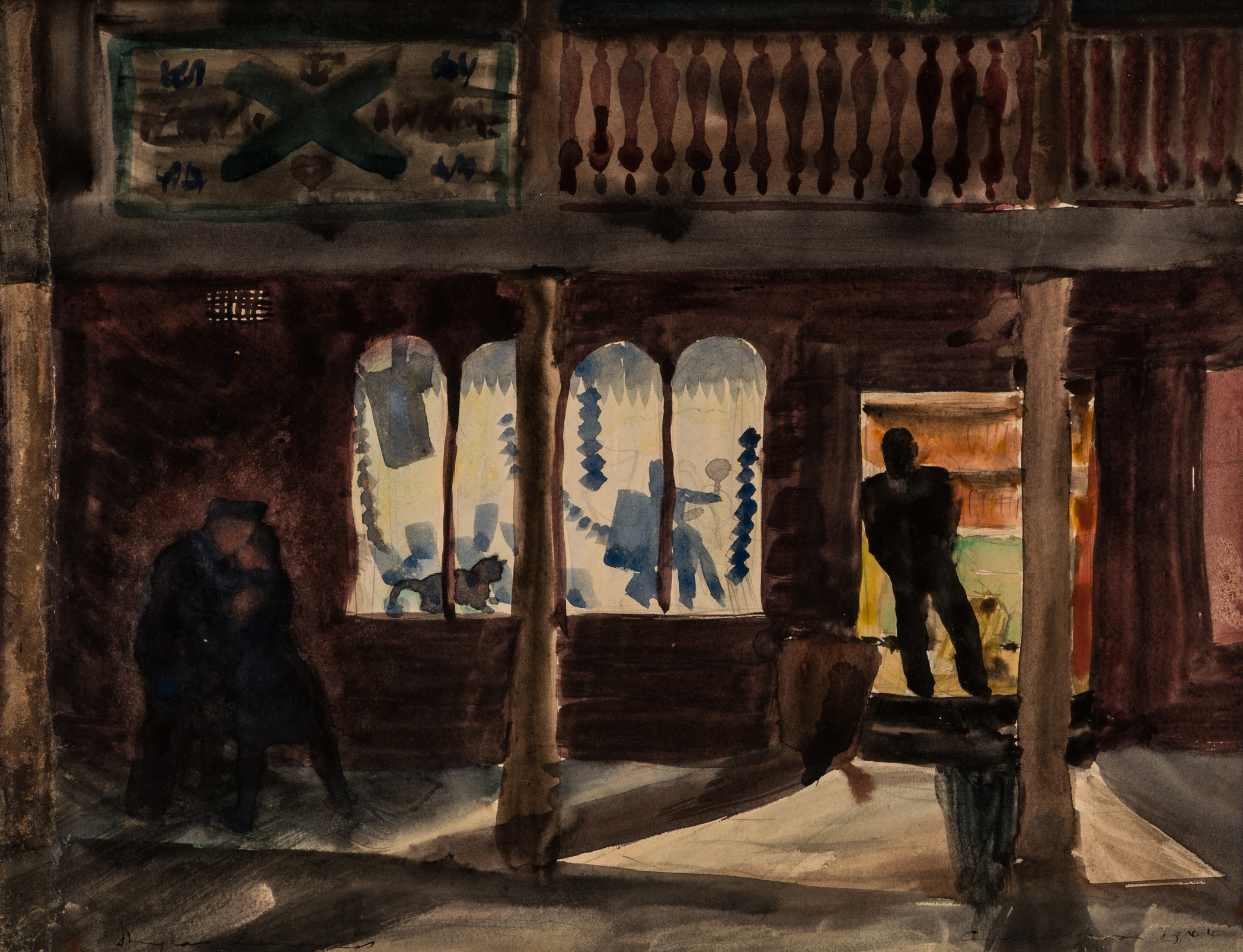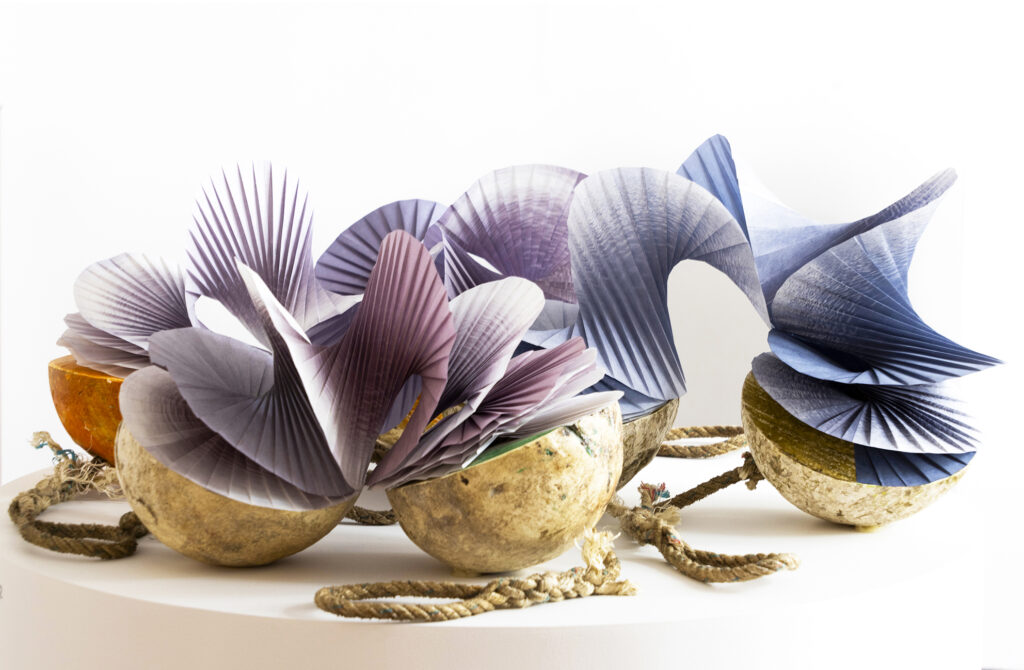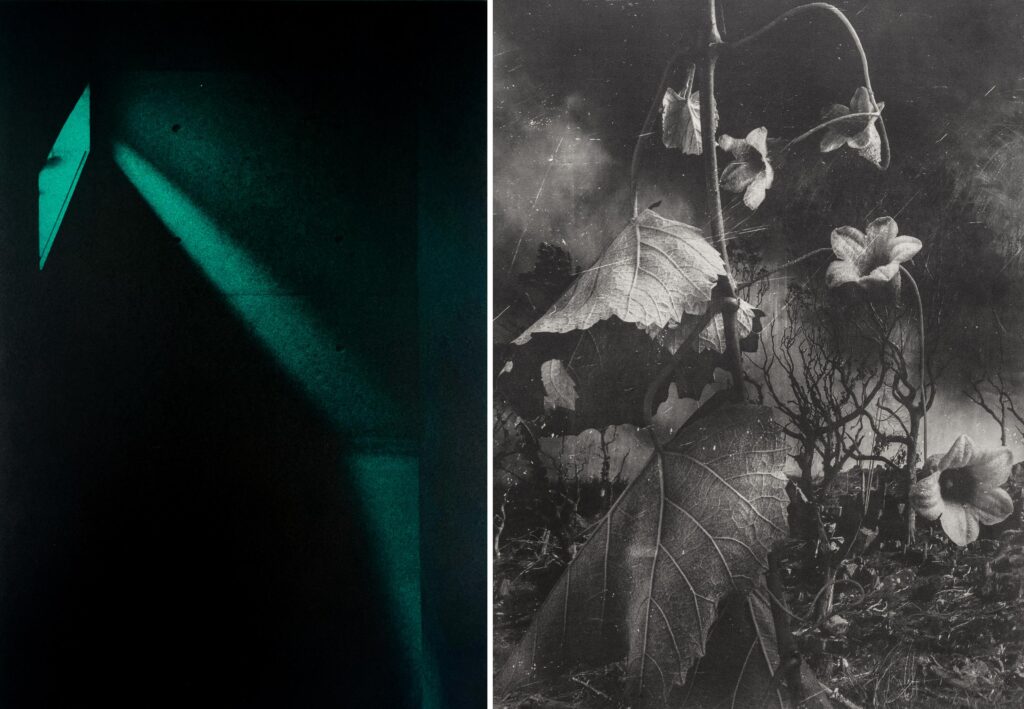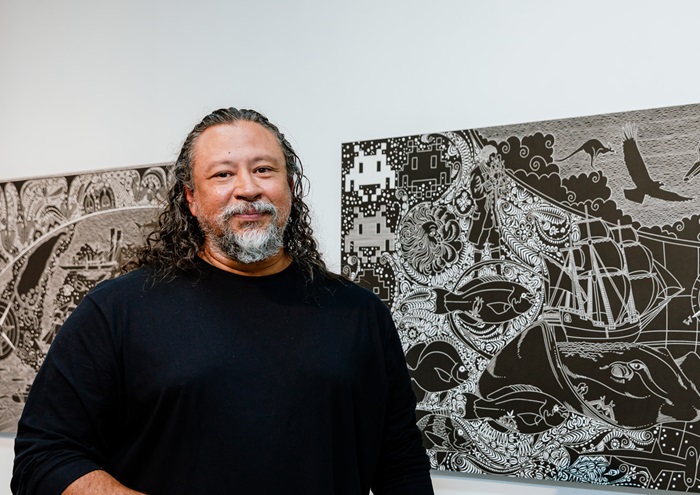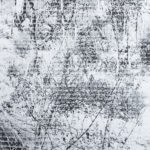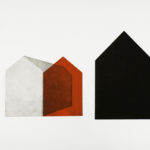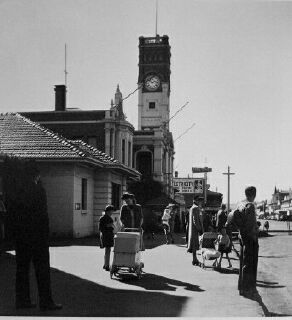
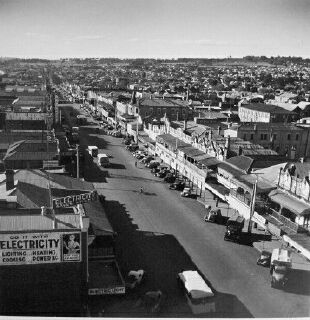
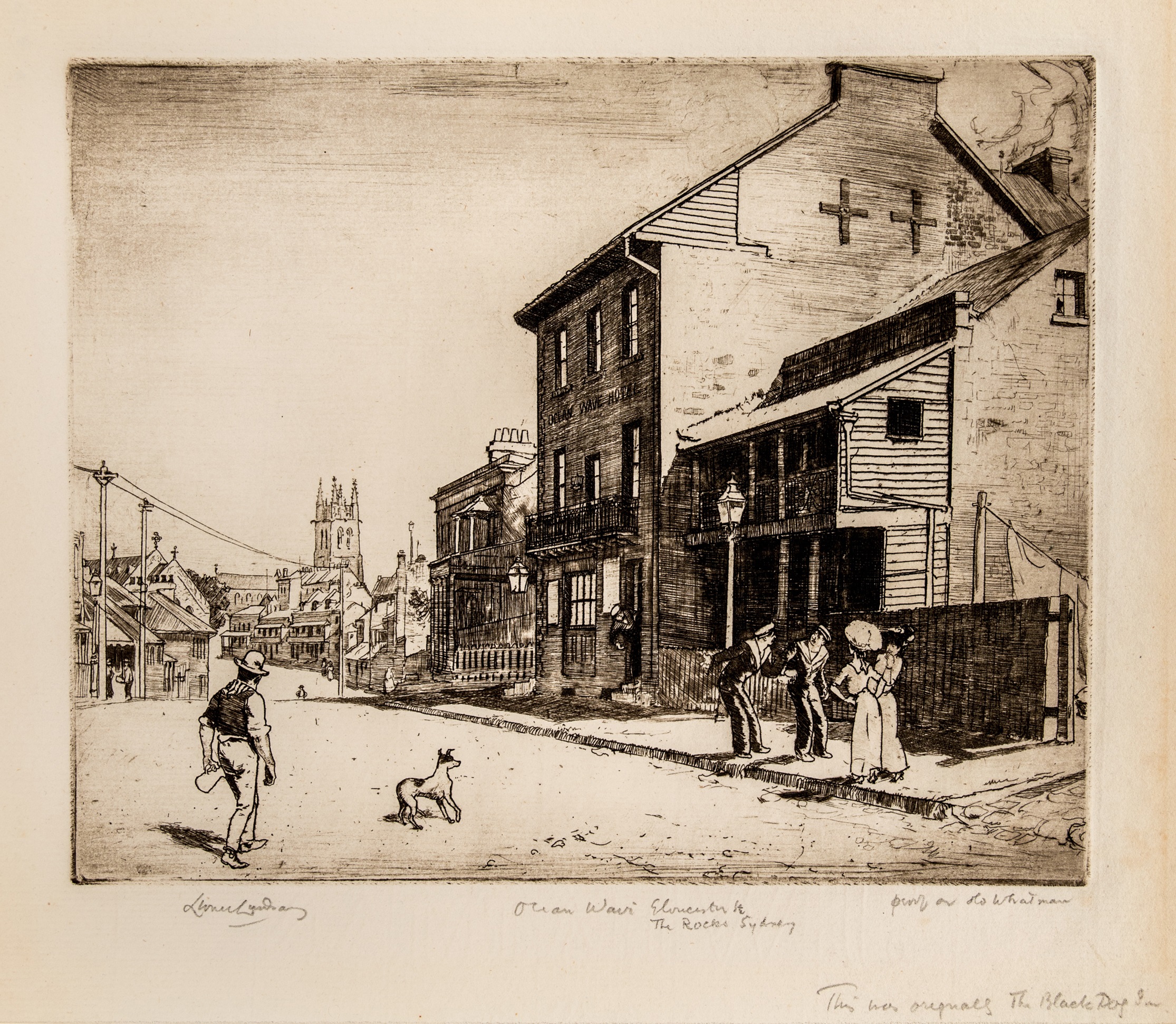
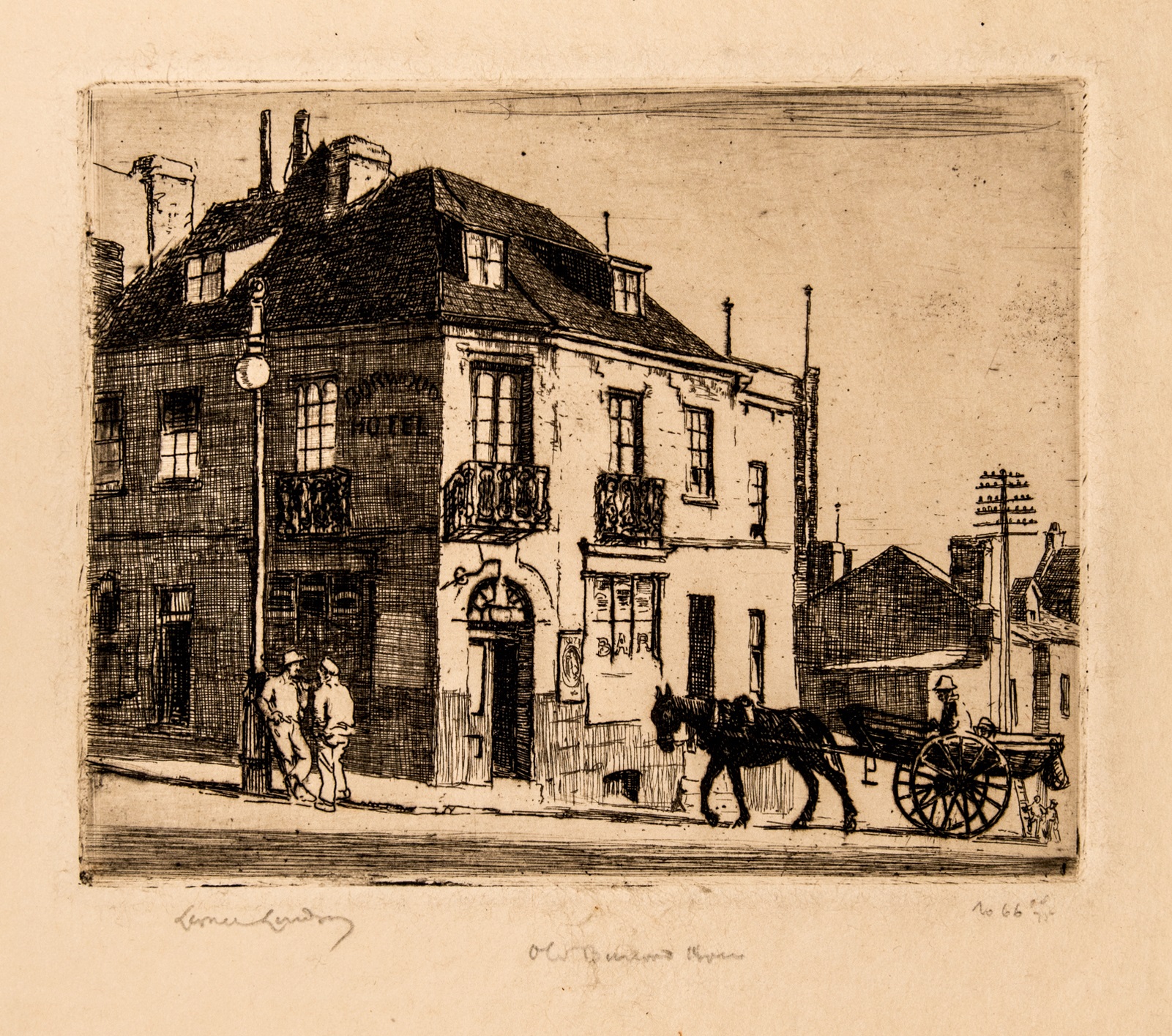
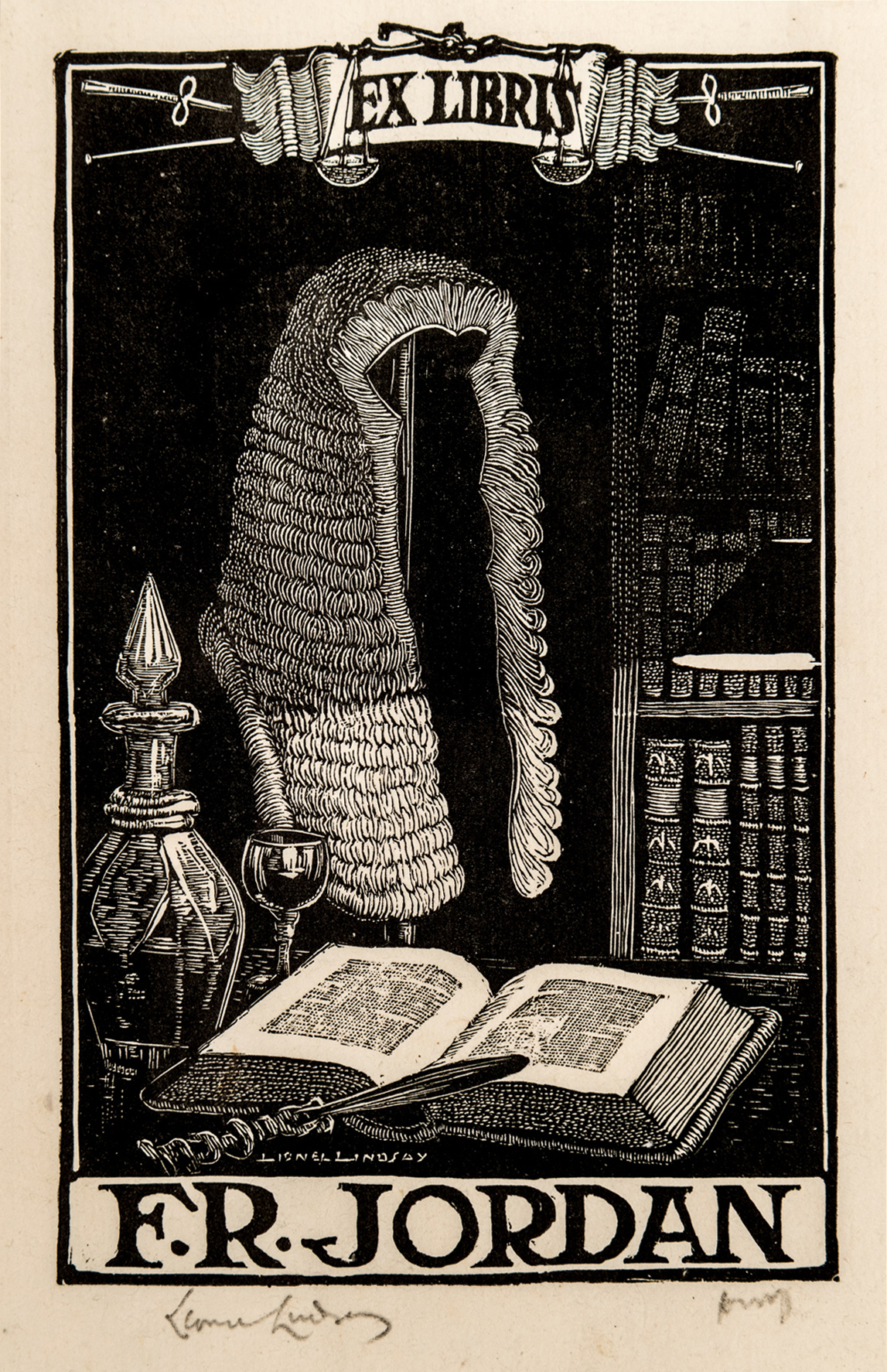
From top:
Douglas ANNAND / Campbelltown 1944 / watercolour and pencil on paper / 26.4 x 32.4cm / Toowoomba Regional Art Gallery – Toowoomba City Collection 133 / © Estate of Douglas Annand
Max DUPAIN / Toowoomba, 1946 – Woman with child and pram, Ruthven Street 1946 / black and white photograph / 36.5 x 35.0cm / reprinted by Jill White, 2002, edition 10/90 / Toowoomba Regional Art Gallery – Toowoomba City Collection 672 / Reproduced by kind permission of Jill White
Max DUPAIN / Toowoomba, 1946 – Ruthven Street – Bird’s eye 1946 / black and white photograph / 34.5 x 34.5cm / reprinted by Jill White, 2002, edition 10/90 / Toowoomba Regional Art Gallery – Toowoomba City Collection 670 / Reproduced by kind permission of Jill White
Lionel LINDSAY / The Ocean Wave, Gloucester Street, The Rocks 1912 / etching / proof on old Whatman / 16.1 x 20.0cm / Lionel Lindsay Gallery and Library Collection 192 / Toowoomba Regional Art Gallery / © National Library of Australia
Lionel LINDSAY / Old Burwood Hotel 1923 / etching / edition 66/75 / 9.0 x 11.8cm / Lionel Lindsay Gallery and Library Collection 220 / Toowoomba Regional Art Gallery / © National Library of Australia
Lionel LINDSAY / Ex libris F.R. Jordan 1940 / wood engraving / proof / 9.8 x 6.2cm / Lionel Lindsay Gallery and Library Collection 140 / Toowoomba Regional Art Gallery / © National Library of Australia
Q: What were some of the foundation ideas for this exhibition project?
A: Toowoomba Regional Art Gallery is a recycled facility, partly housed in the roughly 100-year-old building first occupied by TOOWOOMBA ELECTRIC LIGHT AND POWER COMPANY – that name still appears on the Gallery’s façade. Light Relief is installed in an upstairs gallery space that features the original electrically lit stained-glass skylight.
To reconnect with the building’s history – the ghost of its electricity, to misappropriate Bob Dylan – the exhibition displays works concerned with the modernity of artificial lighting, its novelty as well as inconspicuousness. Selected from two of our three permanent collections, the Lionel Lindsay Gallery and Library Collection and Toowoomba City Collection, several works date from a period when the flick of a light switch was not taken for granted. Some represent electric light becoming second nature, a form of social skin often noticeable by its absence.
The idea for the exhibition arose from a frolic outside of my gallery work. With my friend Brian Musgrove, I was researching the Gothicism of artificial lighting during the first decades of the Industrial Revolution. The industrialisation of light involved the beginnings of 24/7 working and shopping patterns, the disruption and derangement of circadian rhythm, ‘eye-bewildering chiaroscuro’ (to adapt a brilliant phrase from Thomas Carlyle’s Sartor Resartus 1833-34) and what the contemporary art critic John Crary has called ‘the ends of sleep’ (2013). Brian and I have written a chapter about ‘diabolic enlightenment’ for the volume Gothic Dreams and Nightmares, edited by Carol Davison (forthcoming from Manchester University Press).
A few works in the show concern the alienating effects of artificial light, and the uncanny atmospheres it can create and cast. Overall, however, Light Relief, as the playful title signals, revolves around the brighter rather than the darker, nightmarish planes of artificial light’s virtual omnipresence.
Q: How did the artwork selection take place?
A: Once I had the curatorial premise, the wall displays pretty much selected themselves for their portrayals of the technologies and effects of artificial light, whether glaringly foregrounded or subtly suffusing the composition.
Some selections depended on detailed knowledge of the library materials held in the Lionel Lindsay Gallery and Library Collection. For a case display to conjure the rapid historical pace by which electric light came to be seen, experienced and even marketed as a second nature, something always-already ever-present and indispensable, I chose the advertisement for Australian General Electric Co. that serves as the frontispiece in Norman Lindsay’s Book: No. II. (1915). The ad contains a cartoon drawing by Lindsay himself in which a koala berates a ‘fool’ rooster for mistaking a Mazda electric light for the sun.
Q: What are some of the key works and what subject matter do they deal with?
Fred Hardie and Charles Fryer’s photographs of Toowoomba (c. 1893 and 1907) and Lionel Lindsay’s prints of Sydney (1910s and 20s) date from a transitional period, when gas lamps and horse-drawn vehicles were superseded by electric light and combustion engines. In one of Hardie’s perspectives on Toowoomba’s main thoroughfare, a light-post is the central compositional element, appearing like a just-landed alien sentinel, towering over the dirt road and horse dung. By the period Lindsay executed his prints of so-called ‘Old Sydney’, light-posts were fluently integrated into Sydney’s social fabric.
Max Dupain’s photos of Toowoomba in 1946 afford two different angles on the TOOWOOMBA ELECTRIC LIGHT AND POWER COMPANY building. At that date, its south wall featured a large painted advertisement for the marvel of electricity: ‘DO IT WITH ELECTRICITY – LIGHTING, HEATING, COOKING, POWER &C’. The innuendo of having sex – ‘Doing it’ with or without the light on – is suggested by the ad’s exploitative image of a young woman wearing a slip and about to ‘snap’ a switch. The words ‘DO IT WITH’ are still visible, but faintly.
A reduction linocut by Toowoomba-based artist Rhi Johnson, The second window 2020, gives a close-up of a section of the wall beneath that old ad. It shows one of the windows of the Gallery’s main office area. It’s unclear whether its bright-blue appearance is an effect of sunlight, LED lights shining from inside or simply Rhi’s artistic fancy.
The interfusion of artificial light with lust and love are present in Lionel Lindsay’s etching of Sydney’s Ocean Wave hotel, a watercolour by Douglas Annand, an ink drawing by Billy Jones, photographs by Ray Cook, and Ron McBurnie’s etching and aquatint Court of all desire 1991. In Angela Komives’ mysterious drypoint A momentary lapse of memory 1999, a small electric lamp seems a familiar element of modern decor, but hovering UFOs estrange the whole scene, so that even the lamp feels like an avatar of something inscrutable.
Finally, Elissa Bellert’s Red elephant assemblage, whose coloured light-show is emitted through upcycled kettles, gives the exhibition something of an exclamation point!
Q: What is it about the printmaking experience that you most appreciate?
A: As a viewer (I’m not a printmaker), Carlyle’s phrase ‘eye-bewildering chiaroscuro’ summarises my experience of prints that simultaneously attract and trouble me. I enjoy plays of light and shadow, the sensation of poring over seas of individual marks, trying to navigate them or becoming lost in them. To return to favourite prints is to discover more of their sunken treasure each time.
Also, I’m fascinated by etching’s nexus between chemistry and alchemy. According to Percy Lindsay, his brother Lionel’s children were lucky to survive childhood given all the dangerous chemicals that Lionel left around the family home. As to the art’s mystique, however, it’s good grounding to recall that when Whistler wrote of etching turning ‘copper into gold’, he was referring to commerce more than to magic.
Light Relief is at Toowoomba Regional Art Gallery until 17 October 2021. https://user.tr.qld.gov.au/events/84944/exhibition-light-relief
Links to artist prints:
Fred Hardie https://www.abdn.ac.uk/special-collections/george-washington-wilson.php
Rhi Johnson https://www.printcouncil.org.au/product/rhi-johnson-the-second-window/
Ron McBurnie https://www.cairnsartgallery.com.au/collections/court-of-all-desire
—
Join the PCA and become a member. You’ll get the fine-art quarterly print magazine Imprint, free promotion of your exhibitions, discounts on art materials and a range of other exclusive benefits.
